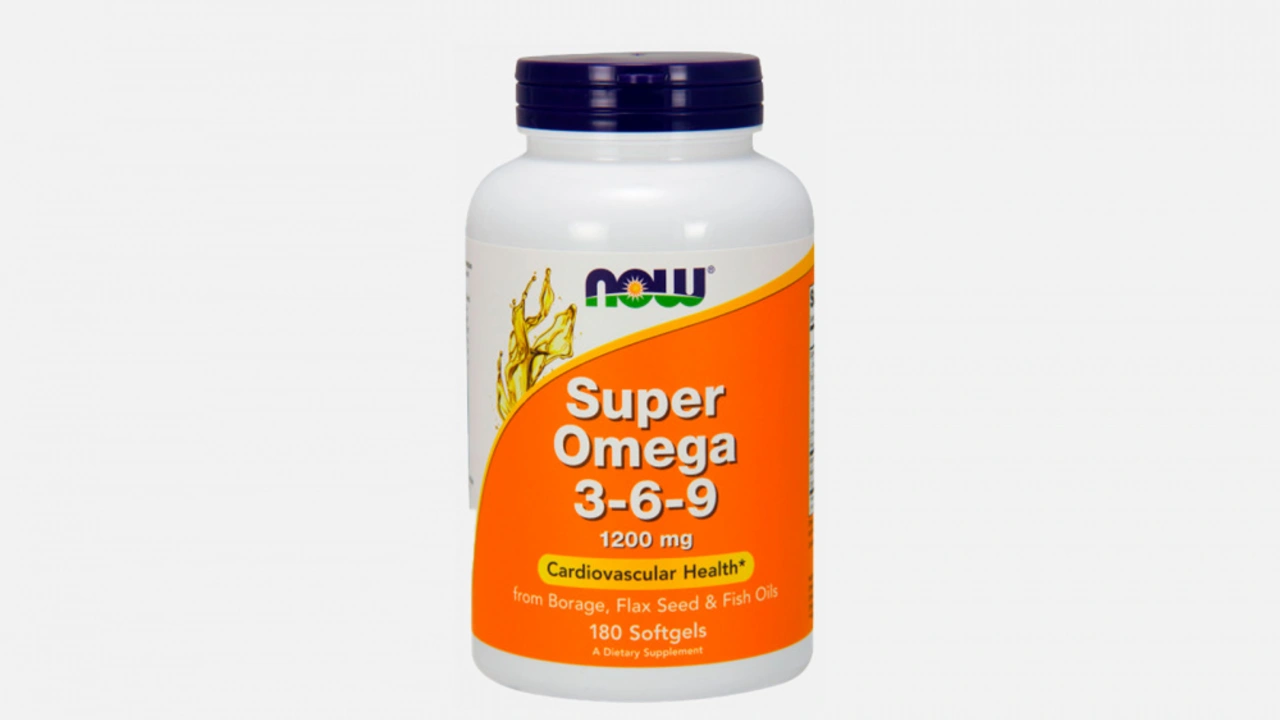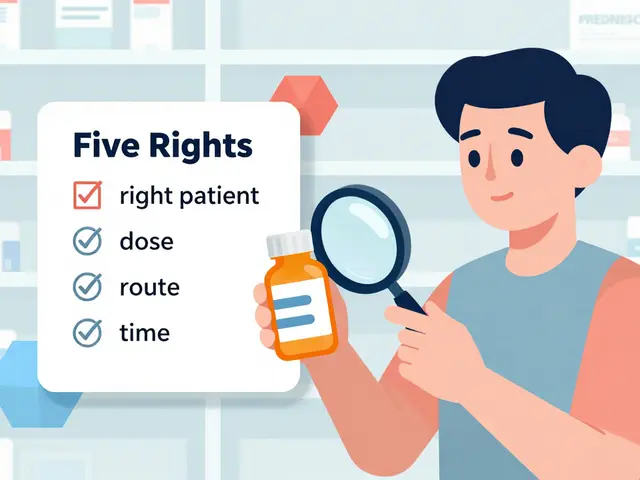Omega-6 Fatty Acids November 2023 Posts and Practical Guide
This archive page covers the November 2023 post about omega-6 fatty acids and what it means for your everyday diet. If you read one post that month, it was a clear look at how omega-6 fats support heart function, brain health, skin repair, and energy balance. I break down the main points, show where to find omega-6 in food, and give practical steps to keep these fats working for you rather than against you.
Key takeaways from the November post
Omega-6 fats are essential because your body cannot make them, so you must get them from food. Linoleic acid is the main omega-6 and helps build cell membranes and make signaling molecules the body uses to communicate. The November post pointed out benefits such as supporting healthy cholesterol levels when omega-6 replaces saturated fat, and helping skin stay hydrated and repair faster. It also warned that too much omega-6 compared with omega-3 can promote inflammation in some people, so balancing these fats matters.
Practical food tips and balance
Good sources include sunflower, safflower, corn, and soybean oils, plus walnuts and pumpkin seeds. Instead of cutting omega-6 completely, swap processed snacks and fried foods for whole nuts, seeds, and home-cooked meals where you control the oil. Aim to improve your omega-6 to omega-3 ratio by adding fatty fish twice a week, using flaxseed or chia, and choosing olive oil for many meals.
Portion control helps — a handful of walnuts or a tablespoon of seed oil brings useful amounts without overload. When cooking, avoid heating high-linoleic oils at very high temperatures; use them raw in dressings or low-heat cooking and save stable oils for frying. If you take blood thinners or have inflammatory conditions, talk with your healthcare provider before starting supplements. Supplements can fill gaps but do not replace a varied diet.
The November post stressed practical changes over radical cuts. Simple swaps like adding salmon once a week, mixing flaxseed into yogurt, or choosing whole nuts instead of chips add up fast. If you want deeper detail, the original article in November explains how omega-6 works in cells and shows meal ideas you can try right away.
Quick checklist: include seeds and nuts three times weekly, cook with controlled oils, add fish twice weekly, limit fried takeout, and consider a supplement only after talking with a clinician. Meal idea one: spinach salad with pumpkin seeds, chopped walnuts, grilled chicken, and a dressing made from walnut oil and lemon. Meal idea two: overnight oats with ground flaxseed, berries, and a sprinkle of chopped almonds. Snack swap: ditch chips for a small bag of mixed nuts or roasted chickpeas.
If you track changes, note how skin texture, energy, or digestion respond over four to eight weeks; that gives useful feedback. Questions or specific needs? Use the site search to find the November post or browse related articles on fats, supplements, and diet strategies. Small steps lead to better balance and clearer results.
Omega-6 fatty acids hold the key to unlocking your body's full potential. Through their beneficial impact on your overall health, these invaluable nutrients play a critical part in everything from heart function to brain health. As I've explored this topic, I've discovered that these health benefits extend far beyond what I originally thought. Discover with me how enriching your diet with Omega-6 fatty acids can help you tap into unexplored depths of your bodily potential, and pave a healthy path for your future.
Continue reading...






